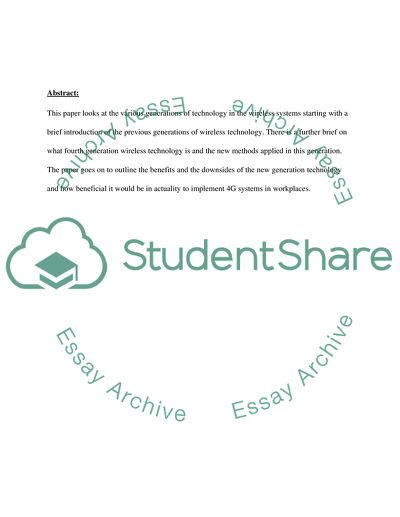Cite this document
(“4G Wireless Systems Essay Example | Topics and Well Written Essays - 2500 words”, n.d.)
4G Wireless Systems Essay Example | Topics and Well Written Essays - 2500 words. Retrieved from https://studentshare.org/information-technology/1570607-4g-wireless-system
4G Wireless Systems Essay Example | Topics and Well Written Essays - 2500 words. Retrieved from https://studentshare.org/information-technology/1570607-4g-wireless-system
(4G Wireless Systems Essay Example | Topics and Well Written Essays - 2500 Words)
4G Wireless Systems Essay Example | Topics and Well Written Essays - 2500 Words. https://studentshare.org/information-technology/1570607-4g-wireless-system.
4G Wireless Systems Essay Example | Topics and Well Written Essays - 2500 Words. https://studentshare.org/information-technology/1570607-4g-wireless-system.
“4G Wireless Systems Essay Example | Topics and Well Written Essays - 2500 Words”, n.d. https://studentshare.org/information-technology/1570607-4g-wireless-system.


